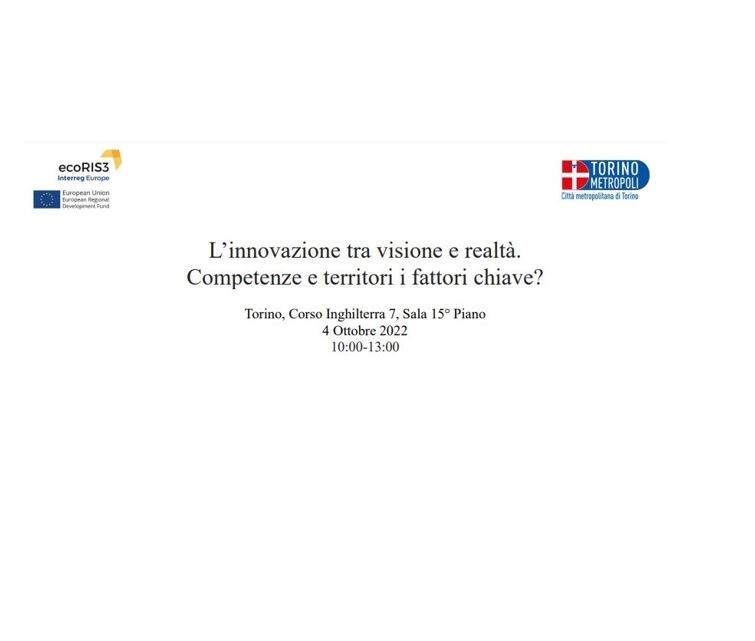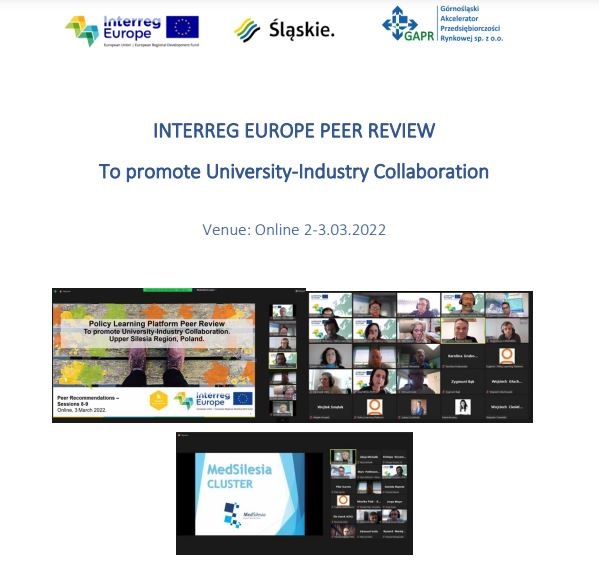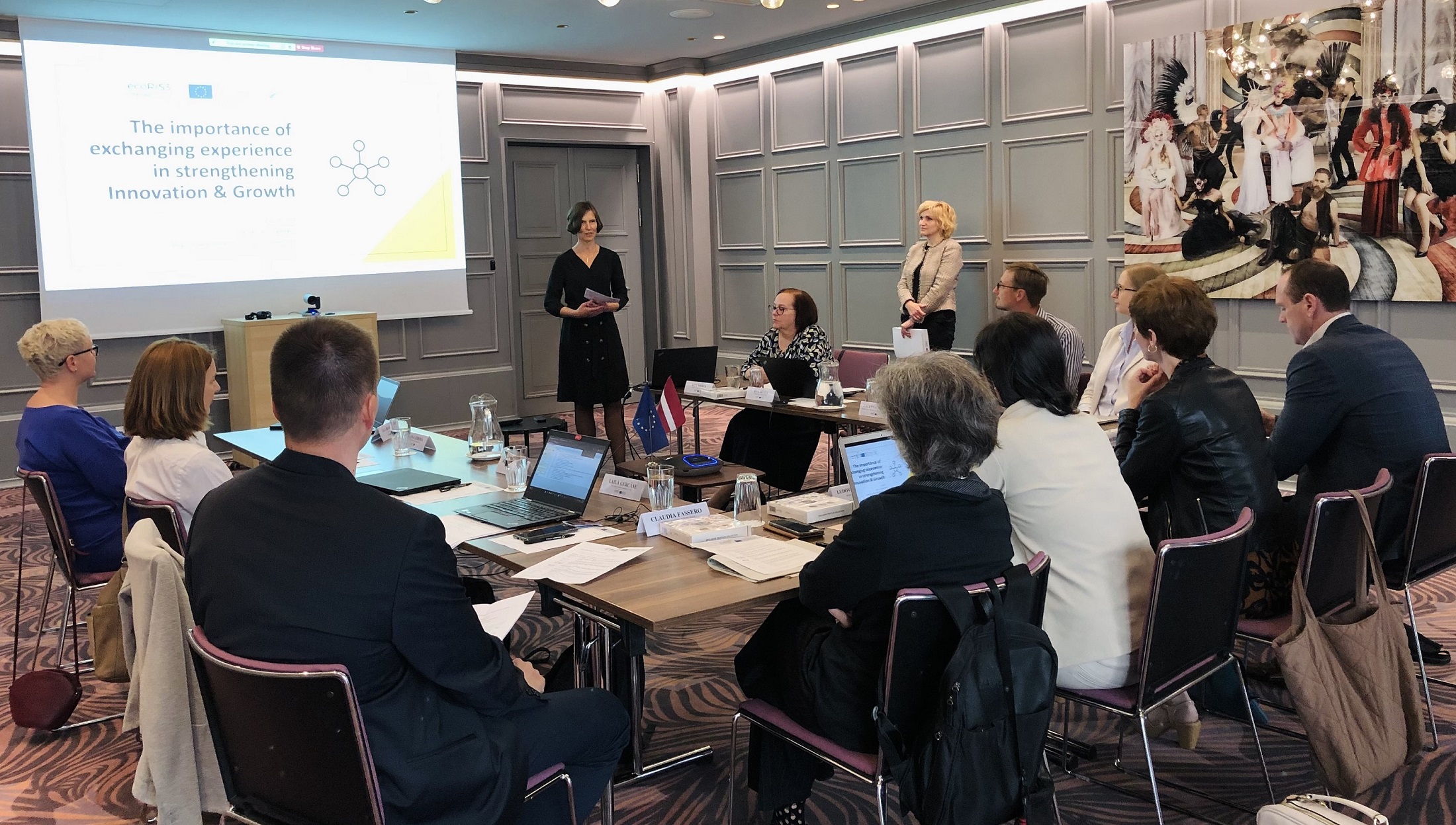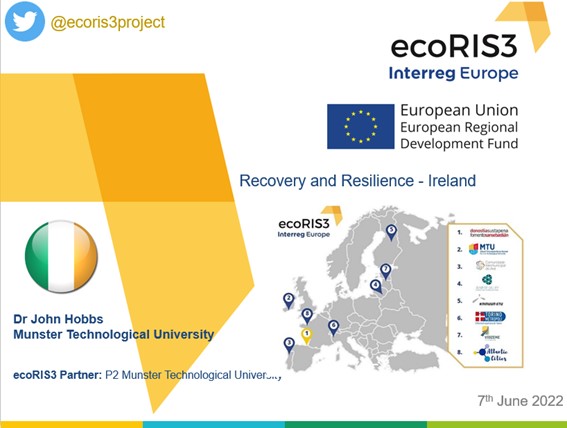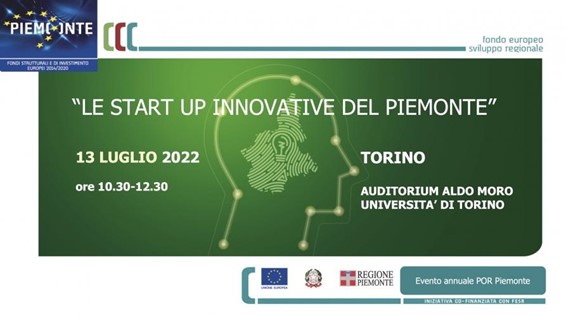Wood products have traditionally been a driving force behind the Kainuu forest economy. In 1992, the City of Kuhmo established the Kainuu wood processing industry centre (KPKK). For a long time, KPKK was serving saw mills, some of which were early adopters of automation solutions. In 2006, this small cluster of wood processing units, proceeded to diversify its activities into higher added value activities, sustainable wooden construction component sand associated education and research services competence centre. The effort was backed by the City of Kuhmo as well as by regional and structural funds (Regional Council of Kainuu). This decision required creating a growth-oriented strategy in association with an advanced & localised centres of competence (Woodpolis). Thus, the master plan of Kantola industrial area sprang into life. From the start, the master plan brought together scientific excellence (it was done in collaboration with two universities (one Finnish, one German) with faculties specialising in wooden sustainable construction), with industrial applications and investments.

Image: The demand for CLT-plates in wood construction is increasing. Matti Stenroos – metsäbiotalouden toteuttaminen, näkymiä puutuoteteollisuudesta Kuhmosta.
Today, the Kantola timber cluster forms a wood industry business ecosystem and it is constantly expanding. For example, during December 2014, Kuhmo Ltd. and a CLT-factory called CrossLam Ltd. started their operations in the Kantola area. In 2016, Elementti Sampo Ltd. – a company that employs 50 workers and deals with processing and equipping of CLT-plates, started there as well. The Kantola timber cluster also includes Kuhmo Wood Ltd. sawmill. In the year 2015, the cluster included 12 companies, 240 jobs and had net sales of approximately 100 million euros. Parts of the area are developing services produced by the public bodies Woodpolis and the city of Kuhmo. It is estimated that by the year 2020, the industrial turnover in Kantola is likely to double and it will bring 50-70 new jobs to the region.
Furthermore, Woodpolis continues the KPKK’s work. Woodpolis is an expert organisation promoting wood industry entrepreneurship and developing innovations in the field of wood construction. It was established in 2006 by the city of Kuhmo and its main operations are R&D and education. Woodpolis is a part of the Kantola timber cluster as well, and its partner networks include private companies, educational institutes and universities – forming a triple helix cooperation. Additionally, the only timber-building training factory in Finland that fulfils the productional requirements is a part of Woodpolis. This training factory has modern woodworking machinery, equipment and software, and it is available for the companies and educational institutions for training and product development purposes. It also offers opportunities for well-established companies as well as for start-up companies.
Results:
The operations of the Kantola timber cluster have been beneficial as it has produced 100 million euros of net revenue. The area has also been highly successful in energy efficiency. For example, businesses in the area have, for several years, produced more energy than they consume, which benefits the city of Kuhmo as well. On top of that, CLT building is on the rise in Finland and Woodpolis has already participated in building innovative, energy-efficient wood buildings. Examples of this can be seen in the newly constructed Honkasuo area in Helsinki. Woodpolis also hosts Finland’s first cross-laminated timber (CLT) factory.

Image: Statistics about the industrial area. Matti Stenroos – metsäbiotalouden toteuttaminen, näkymiä puutuoteteollisuudesta Kuhmosta.
Kantola timber cluster producing 100 million euros of net sales and inhabiting 12 companies and 240 jobs also shows the success the Kainuu region has had with this operating model. However, it is not without challenges. For example, one crucial challenge for both the Kantola estate and for the Woodpolis is that their funding is almost completely project-based and the continuity of funding and operations is challenging. Other challenges include the long distance to markets, lack of capital and the recruitment difficulties of skilled labour. If the cluster is to produce enough side flows and new businesses around them, the region must be able to attract enough companies from the same industry in order to create a wide base for the business ecosystem. RDI services for companies and strategic partners are also a crucial part of the ecosystem that should not be ignored.


